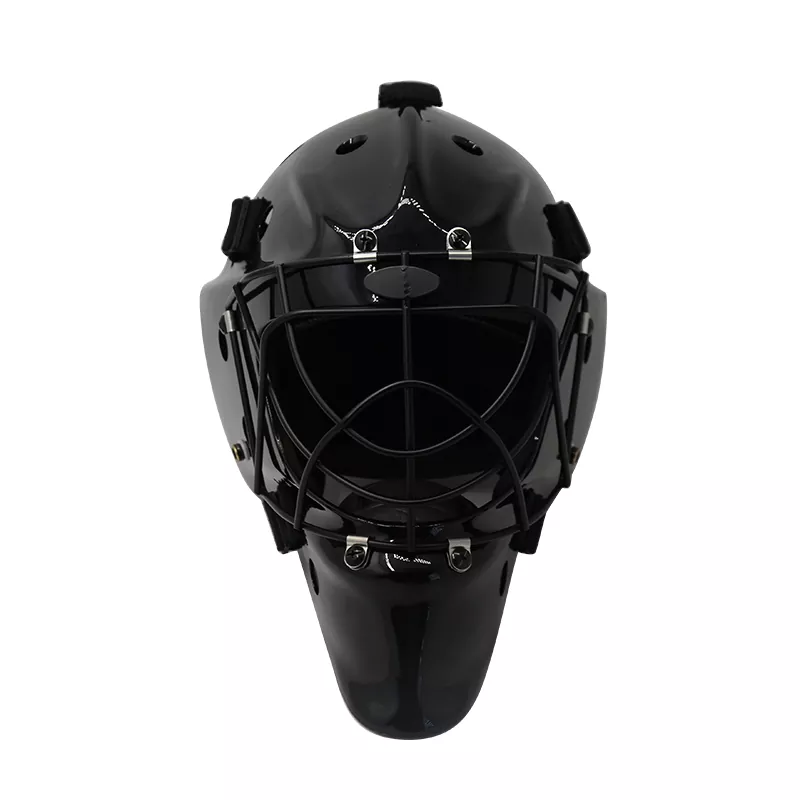The Evolution of Ice Hockey Helmets: From Leather Caps to High-Tech Protection
2024-07-11
The Evolution of Ice Hockey Helmets: From Leather Caps to High-Tech Protection

The ice hockey helmet has undergone significant changes since the early days of the sport, evolving from simple leather caps to advanced protective gear incorporating cutting-edge technology. In this blog, we will take a journey through the history of ice hockey helmets, explore the technological advancements that have transformed them, and discuss the future of helmet design and safety.
The Early Days: Leather Caps and Minimal Protection
In the early 20th century, ice hockey players wore little to no head protection. The first helmets, introduced in the 1920s and 1930s, were made of leather and offered minimal protection. These leather caps were primarily used to prevent ear injuries and did little to protect against concussions or serious head injuries.
The Introduction of Hard Shell Helmets
The 1960s and 1970s saw the introduction of hard shell helmets made from materials like fiberglass and early plastics. These helmets provided better protection against impacts and were quickly adopted by professional and amateur players alike. The development of these helmets was driven by an increased awareness of head injuries and a growing emphasis on player safety.
Key Developments:
- Fiberglass Shells: Provided improved impact resistance compared to leather.
- Foam Padding: Introduced for better shock absorption and comfort.
The Modern Era: Advanced Materials and Technologies
Since the 1990s, ice hockey helmets have seen significant advancements in materials and technology, leading to the high-performance helmets used today. Modern helmets are designed to protect against a wide range of impacts, including high-speed collisions and falls.
Technological Innovations:
- Polycarbonate Shells: Lightweight and highly durable, offering superior impact resistance.
- Multi-Density Foam: Different layers of foam are used to absorb impacts of varying intensity, enhancing protection.
- MIPS Technology: The Multi-directional Impact Protection System (MIPS) allows the helmet to rotate slightly upon impact, reducing rotational forces on the brain.
- Custom Fit Systems: Helmets now feature adjustable systems for a personalized fit, improving both safety and comfort.
- Ventilation Systems: Strategically placed vents keep players cool and reduce sweat buildup.
The Future of Ice Hockey Helmets
The evolution of ice hockey helmets continues as manufacturers invest in research and development to enhance safety and performance. The future of helmet design is likely to focus on integrating more advanced materials, improving impact absorption, and utilizing smart technology.
Emerging Trends:
- Smart Helmets: Incorporating sensors to monitor impact forces and provide real-time data on collisions. This technology can help in diagnosing concussions and improving safety protocols.
- Graphene and Nanotechnology: Using advanced materials like graphene to create lighter, stronger, and more flexible helmets.
- Personalization: Customizable helmets tailored to individual players’ head shapes and playing styles for optimal protection and comfort.
- Sustainability: Developing eco-friendly materials and manufacturing processes to reduce the environmental impact of helmet production.
Conclusion
The ice hockey helmet has come a long way from its humble beginnings as a leather cap to the advanced protective gear used today. Technological advancements have played a crucial role in enhancing player safety, and the future promises even more innovations. As the sport continues to evolve, so too will the helmets that protect its players, ensuring that they can compete at the highest levels while minimizing the risk of injury. Whether you’re a professional athlete or a recreational player, understanding the history and future of ice hockey helmets can help you appreciate the importance of this essential piece of equipment.


